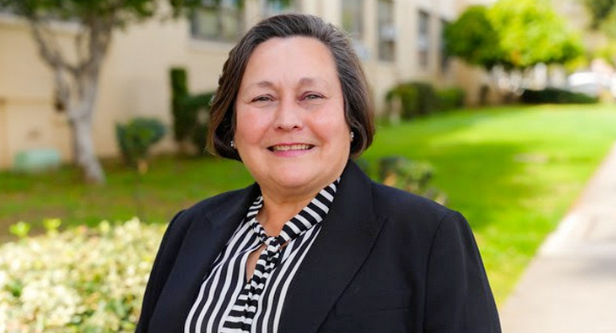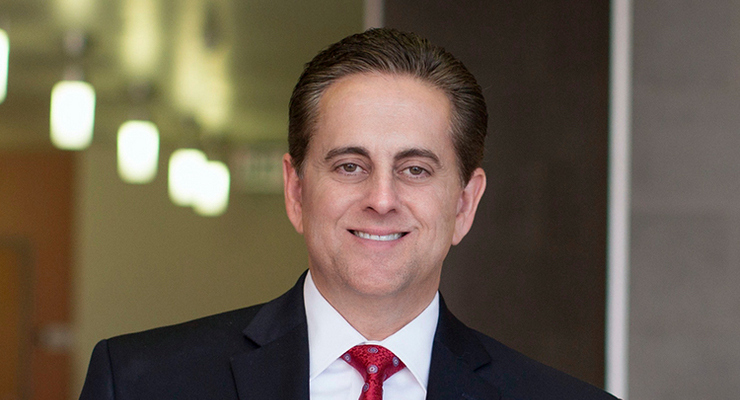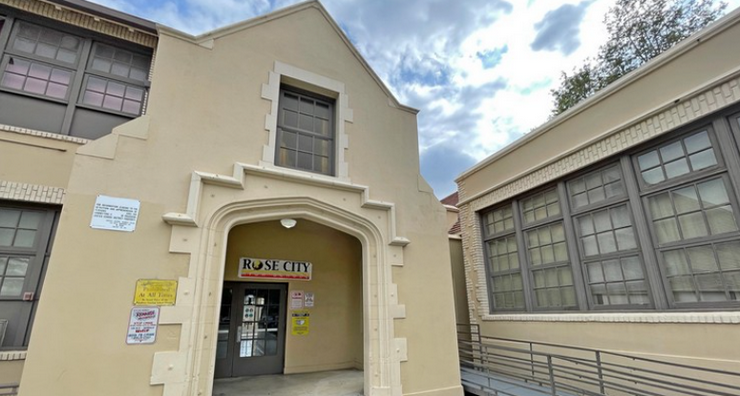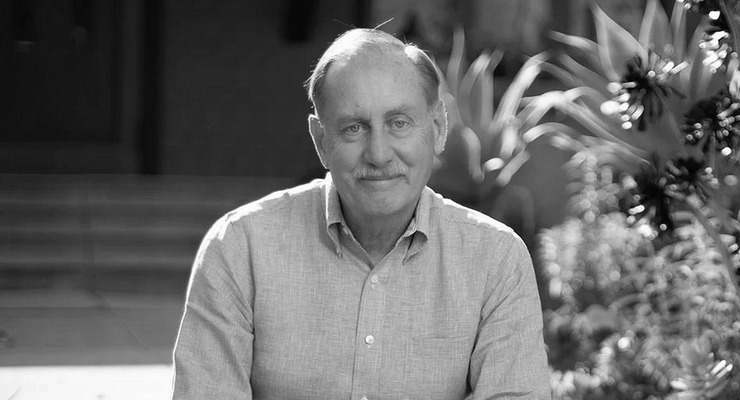
First the good news: previous generations provided us infrastructure worth more than a billion dollars – $1.365 billion according to Pasadena’s last audited financial report. That’s the total value of all the land the City owns and all its buildings (City Hall, police headquarters, libraries, fire stations, the Rose Bowl, recreation centers, etc.), plus all the array of pipes, wires, street lights, traffic signals and other facilities that make our City function.
Now the bad news: it’s mostly old. It needs repairs, replacements and modernization. The price tag: let’s start at $1.5 billion. That’s how much the City is planning to spend over the next five years on infrastructure – although we’re short an estimated $250 million to pay for these “active projects.’ What’s not included is at least another $386 million in unfunded “future projects.” But wait, there’s more – that number leaves out the $200 million needed to seismically retrofit the Central Library and the $200 million that Rose Bowl management says is needed to keep that 100 year-old facility competitive. Finally, even these numbers may be understated. For example, the City puts the cost of annual street maintenance at $10 million. But it would cost far more each year to bring them up to national standards – which in the long run would be less costly because it is cheaper to maintain streets in good condition than to repair ones that are inadequately maintained like ours. Nor has the impact of climate change been factored in to account for the stresses of a hotter, drier future.
Which brings us to the ugly. Since few of us are used to thinking in terms of billions of dollars, let me use a more familiar analogy. Imagine you just inherited a house that on paper is worth $1.365 million. Lucky you! Now you do an inspection and find out it needs at least $2.3 million in repairs and vital upgrades. Probably more, much more. Ouch!
Of course, the analogy only illustrates the magnitude of the challenge. But here’s the shared reality: whether it’s owning a home or being a taxpayer, it’s not the City that’s on the hook for the shortfall. It’s you.
We’re already being hit with big sewer and refuse rate hikes. PCC won voter approval for a $565 million bond issue in 2022 (spread across the community college district taxpayers.) Pasadena Unified is spending a $516 million bond issue passed in 2020 and considering an additional $900 million bond to go before voters in November. Next month, our City Council is expected to propose a $200 million bond issue on the same ballot to pay for the Central Library seismic project.
None of this is to say that these civic and educational investments aren’t needed. But where is the strategic planning and the public discussion to comprehensively address this staggering cumulative impact on residents? Don’t we need real debate on priorities – and creative approaches to funding them?
I serve on our Planning Commission. By State law, each city’s Planning Agency is required to annually review the city’s capital improvement program to ”investigate and make recommendations to the legislative body regarding reasonable and practical means for implementing the general
plan or element of the general plan, so that it will serve as an effective guide for orderly growth and development, preservation and conservation of open-space land and natural resources, and the
efficient expenditure of public funds relating to the subjects addressed in the general plan.” Specifically that includes a mandate to annually review the city’s capital improvement program “as to its consistency with the applicable general plan, any applicable specific plans, and all elements and parts of the plan.” (California Government Code Sections 6500-6503).
Despite this “black letter law,” City staff long insisted on limiting the role of the Planning Commission to reviewing only “new” projects, not the entire plan. That has changed. Next week, the Planning Commission will have our first-ever opportunity to begin consideration of the entire plan. To the credit of the current staff, Wednesday night’s session will provide preliminary background to the Commission (and the public) prior to the formal plan being presented to the Council next month (along with the Operating Budget.)
Now is the time to pay attention. Numbers in the billions may be intimidating. Hundreds of projects may seem overwhelming. But what is at stake is not just what you’ll be paying in future taxes, fees and utility rates. Capital investment determines the future shape of our City. The streets and sidewalks that will (or won’t) be repaired. The libraries that will (or won’t) be open. The water that will (or won’t) be available when we turn on the tap. The bike lanes that will (or won’t be) installed. The electricity that will (or won’t) come from renewable sources.
Tune in. Planning Commission meetings are broadcast and livestreamed on KPAS. Previous generations provided us with the bones of a great city. It’s our responsibility to maintain our city’s future health rather than allow it to deteriorate and decay. How we plan and pay for it falls on our shoulders. Ignoring that challenge will not make it go away.
Rick Cole is a member of the Planning Commission and Councilmember-elect for District 2. He is employed as the Chief Deputy Controller for the City of Los Angeles.







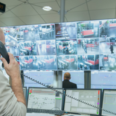






 3 comments
3 comments
